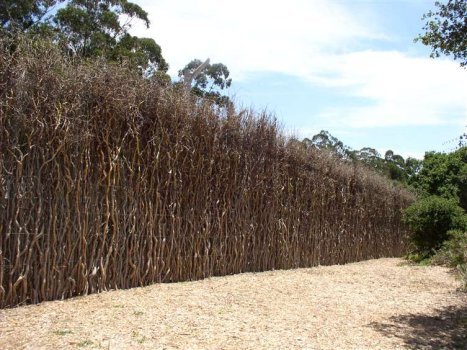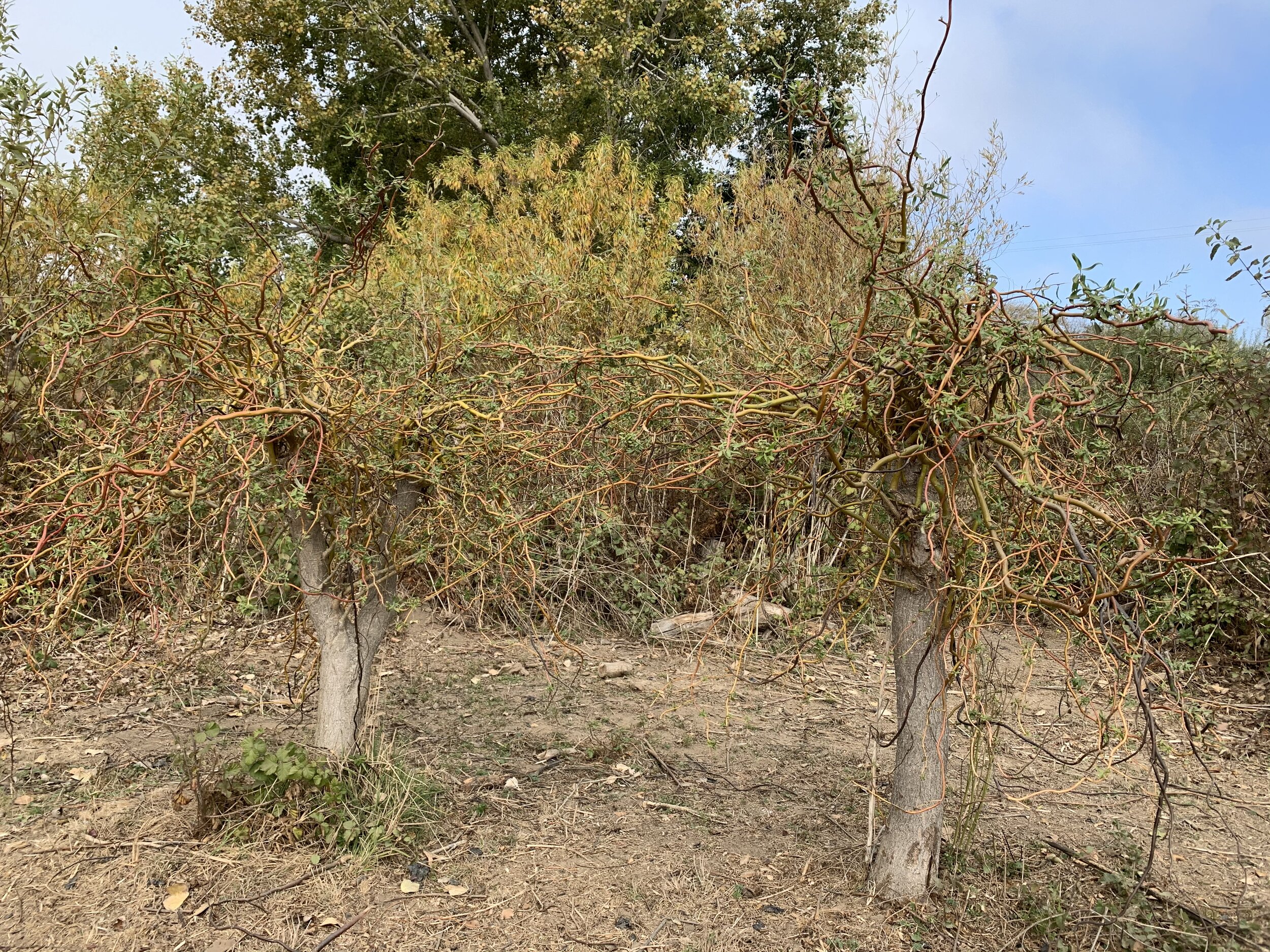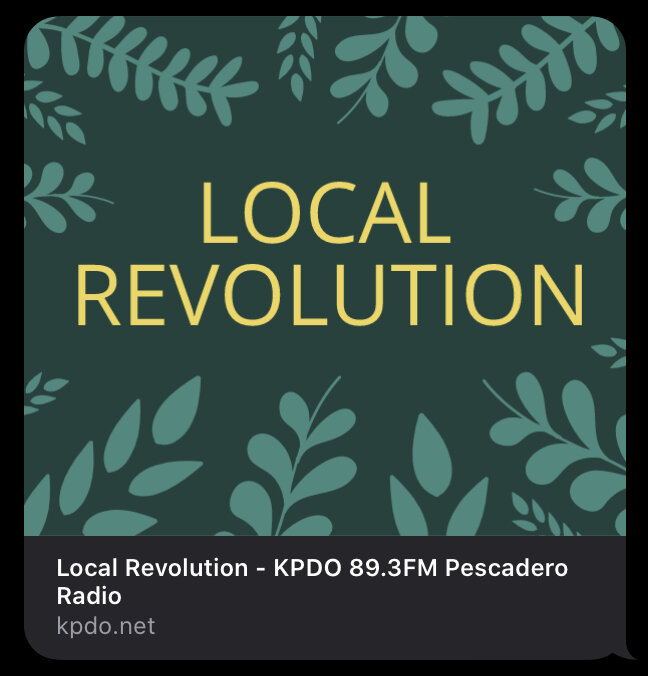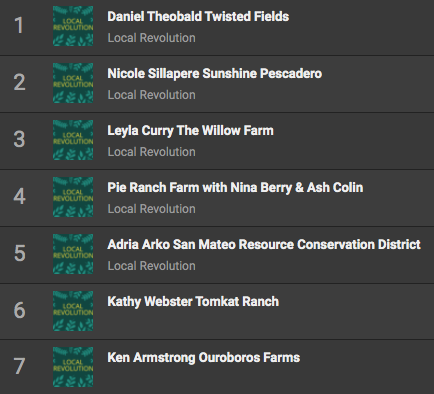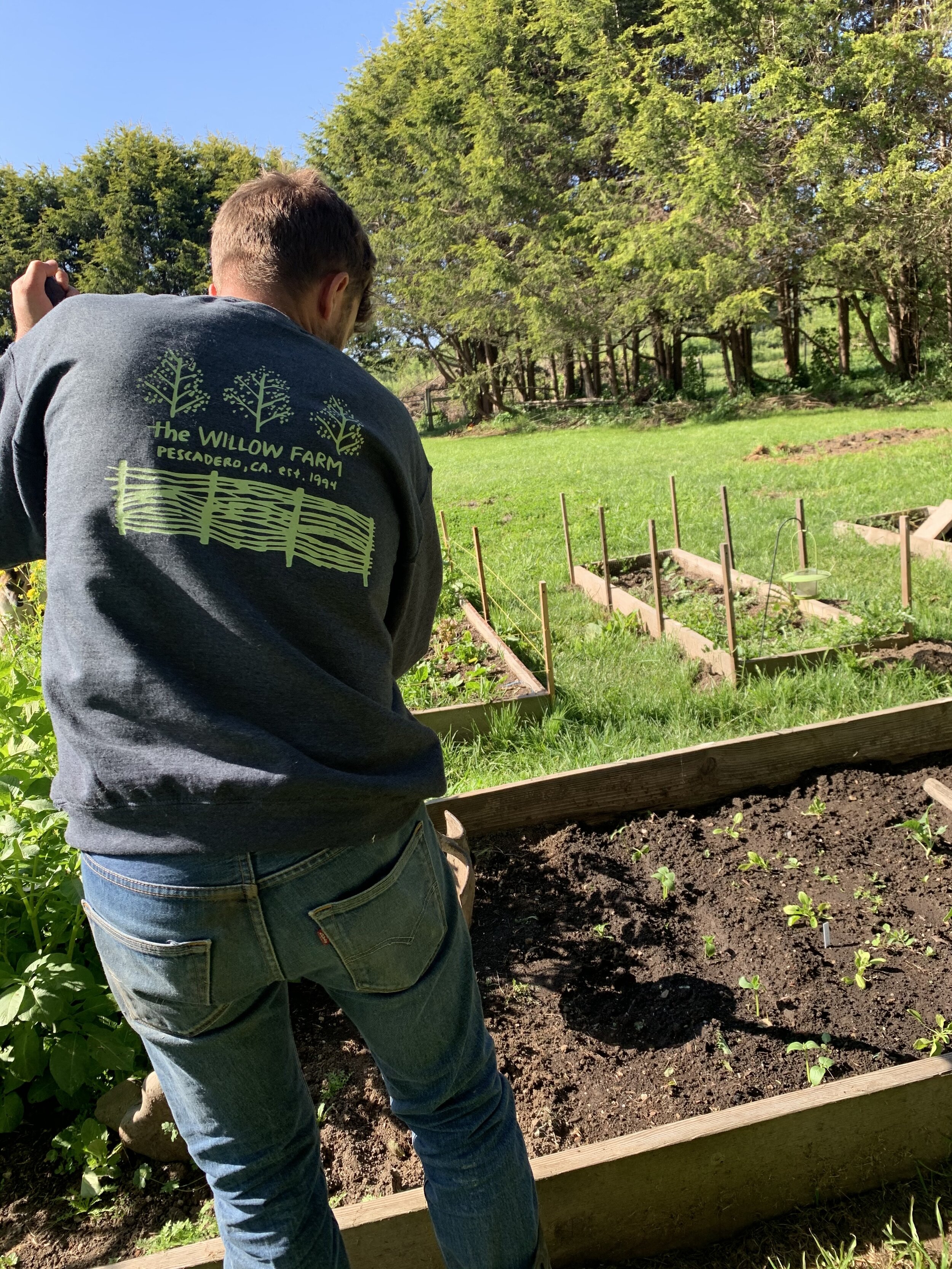A little bit about the people and the farms:
Aaron Murphy of The Mushroom Farm - https://www.themushroom.farm/story
“Seated on a pristine 753 acres of California coast, The Mushroom Farm is transforming the former Campbell’s Soup mushroom production facility into a system of abundance to serve generations to come. We are a 100% certified organic farm, incubating businesses in regenerative agriculture, renewable energy and experiential education.”
Daniel Theobald - founder of Twisted Fields - https://www.twistedfields.com/
Twisted Fields is an educational farm in San Gregorio. From their website: “127-acre farm on the California coast supplying fresh produce to local community through farmer's markets, small business, and our farm sharing program.”
Nicole Sillapare - owner of Sunshine Pescadero - https://thesunshinepescadero.love/about
From her website: “We are a small but mighty grab-and-go + pantry located in beautiful Pescadero, CA. We have outlandish intentions of offering our community and its many visitors, inspirational and healing meals and snacks that highlight what our beautiful coastal terroir has to offer, and also to be leaders in a much-needed industry; fast-ish food. “
Leyla Curry (that’s me!) - The Willow Farm (that’s us!)
I talk about our farm and regenerative agriculture. We get into economics, politics, and culture. I had such a good time talking to Aaron!
Nina Berry and Ash Colin of Pie Ranch - https://www.pieranch.org/what-we-do
Ash is the Food Education Programs Coordinator and Nina is Events and Programs Coordinator at Pie Ranch. From their website: “Pie Ranch's founding partners shared a vision to create a regenerative farming and food system education center to build community; provide a space for healing our relationships with ourselves, each other and the earth; steward the land and the environment; sequester carbon through climate-friendly farming techniques; empower young people; train new farmers; make healthy food accessible to Bay Area communities; leverage privilege to address systemic racism and oppression; and build strategic partnerships.”
Adria Arko of the San Mateo Resource Conservation District
Adria serves dual roles as Climate and Agriculture Programs Manager and San Mateo County Agricultural Ombudsman. As Program Manager, she manages the Carbon Farming, Waste Reduction, and Urban Farming Programs. As the Agricultural Ombudsman, she serves as a liaison between agricultural producers and County officials, helping farmers and ranchers navigate County permitting and assisting the County with improving its agricultural permitting process. - http://www.sanmateorcd.org/about/staff/
Kathy Webster - Food Advocacy Manager of TomKat Ranch - https://tomkatranch.org/who-we-are/
From their website: “TomKat Ranch is an 1,800-acre grass-fed cattle ranch in the San Francisco Bay Area. Our team of ranchers, scientists, and advocates look to nature to guide our landscape management in support of our values. Over the next five years, we want to have inspired the transition of one million acres of California rangeland to regenerative management.”
I had the pleasure of being an intern at TomKat in 2016 and I’ve known Kathy for most of my life. I have a strong connection with the people and the place that is TomKat. They taught me most of what I know about regenerative agriculture and how to educate others about regenerative agriculture.
Ken Armstrong - Owner and Founder of Ouroboros Farms - https://www.ouroborosfarms.com/
“Experts in Aquaponics, Ouroboros Farms and Education Center is one of the largest commercial aquaponic farms in the U.S. We offer farm tours, aquaponics classes, produce and aquaponics supplies. We also host farm-to-table dinners and other events at our events center.”








